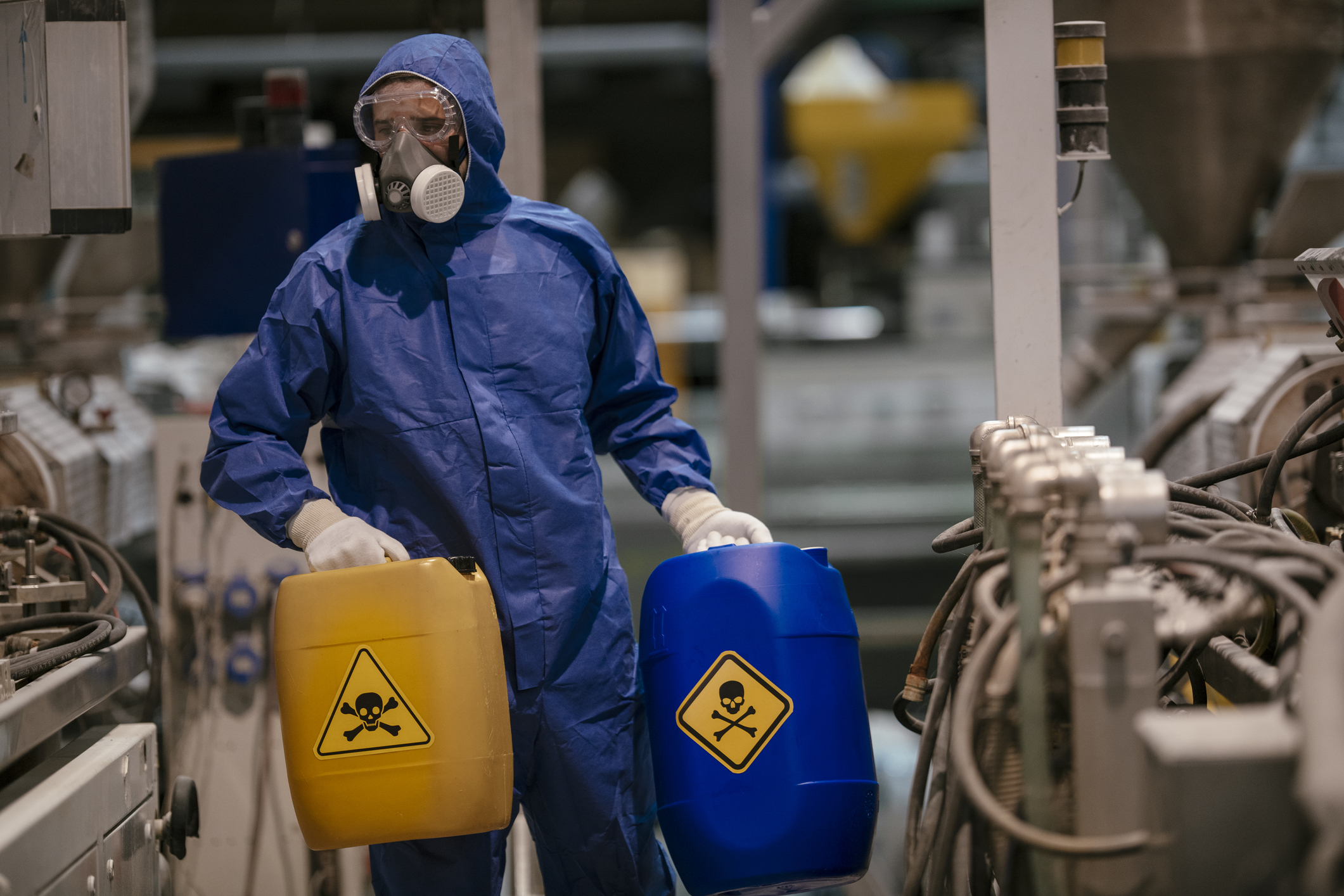
10 Basic Rules for Safely Handling Hazardous Materials
Impacts of human exposure to chemicals and other hazardous materials can range from simple skin irritation to long-term illnesses such as cancer. Aware of the dangers that exist, it’s important to create a culture of safety for handling, transporting, and storing these kinds of materials. All employees responsible for handling hazardous materials are required by federal regulations to undergo proper hazmat training, but that doesn’t remove your company’s responsibility to provide an environment that is conducive to the safe handling of hazmat materials.
Encourage your employees to take ownership of creating and maintaining a safe work environment. Start by following these 10 rules which represent the best ways to avoid a hazmat incident.
- Assess the risks that exist in the workplace. Know which materials in the workplace represent hazards.
- Provide employees adequate training and information about the hazardous materials in your workplace. As mentioned, federal training is a prerequisite, but often stipulates only a minimum obligation. Don’t be afraid to expand safety consultation and procedures beyond those required by law and encourage established procedures on employees.
- Consider potential hazards and plan ahead. Have arrangements and procedures in place to handle emergency circumstances that may arise from hazmat spills or exposure. This means making sure employees understand emergency procedures, including evacuation, cleanup or what to do in case of fire. Make sure emergency equipment such as eye wash and shower stations are accessible, kept clean and are tested routinely. Train employees on first-aid skills and how to respond to co-workers who may be injured or experience chemical exposure.
- Always use the proper personal protection equipment (PPE). Old or damaged PPE should be replaced, and the PPE should be inspected prior to each use. Proper control measures like ventilation hoods should always be used and routinely inspected.
- Ensure all hazardous materials are properly marked. Make sure all hazmat containers are adequately labeled and that all chemicals are stored in the appropriate containers.
- Keep all hazardous materials stored properly. Keep chemicals in dry, cool and ventilated areas, and separate incompatible materials. Always keep lids closed – meaning leak-proof and vapor-tight – on all hazmat containers. Make sure these storage areas are free from items that might cause trips, falls or spills, and free from materials that might encourage pests or rodents. Always keep work areas clean. Not just of clutter, but clean work surfaces frequently to minimize risk of contamination or exposure.
- Only use hazardous materials for their intended purposes.
- Never eat or drink while handling hazardous materials, and always wash hands after using, handling or transporting hazardous chemicals.
- Employees handling hazardous materials should always read the labels to understand what they’re working with and have the safety data sheet (SDS) accessible prior to using any materials in order to understand how to handle a spill or exposure to that chemical.
- Report any concerns about damaged containers or potential leaks or spills. Even if a suspicion turns out to be incorrect, as the saying goes, it’s always better to be safe than sorry.
In healthcare they say prevention is the best medicine, and that can be translated to handling hazardous materials. With a steadfast dedication to making these 10 rules a priority in your workplace, the risks of a hazmat handling accident will be minimized.
